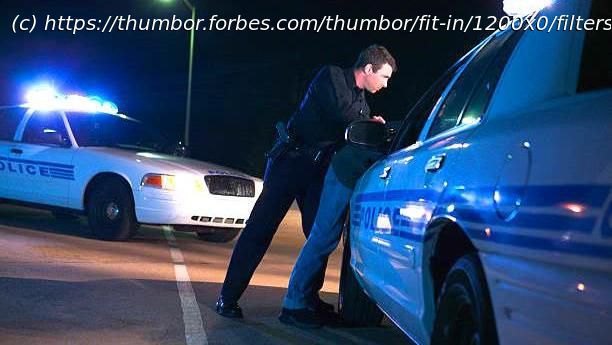Deaths from excessive force by police should be investigated like medical mistakes or airline crashes, says a law professor who studies organizational accidents.
While the police officers involved in the death of George Floyd face criminal charges, those consequences for excessive force by police are unusual. After analyzing data on police prosecutions, the website FiveThirtyEight concludes that “it’s uncommon for police officers to face any kind of legal consequences—let alone be convicted—for committing fatal violence against civilians.”
Given the challenges in bringing these cases and getting convictions, is there a better way to prevent unjustified force by the police? Barbara Armacost, a professor at the University of Virginia School of Law, presents an alternative approach to preventing excessive force by police officers. It is modeled on the thorough reviews undertaken by hospitals after a death by medical mistake, and by aviation investigators after an airplane crash.
As explained in the US Department of Justice guide Law Enforcement Misconduct, after a physical assault on someone who is arrested or detained, to criminally convict a police officer the prosecutor must prove that “the law enforcement officer used more force than is reasonably necessary to arrest or gain control of the victim.” The DOJ guide explains that this objective standard looks at what a “reasonable officer would do under the same circumstances.” The 1989 US Supreme Court decision in Graham v. Connor (pages 396–97) states that “the ‘reasonableness’ of a particular use of force must be judged from the perspective of a reasonable officer on the scene, rather than with the 20/20 vision of hindsight.”
Citing the legal analysis in Legal Standard—Police Use Of Deadly Force, Hennepin County Attorney Mike Freeman confirmed that this standard was applied in bringing the initial criminal charges against fired Minneapolis police officer Derek Chauvin, who applied the force that led to George Floyd’s death (additional charges have been brought by the Minnesota Attorney General against Chauvin and the three other police officers at the scene of the crime). Mr. Freeman concluded, following Graham and later US Supreme Court decisions, that “the evidence must show unreasonable conduct by the police utilizing the perspective of a police officer and that the use of deadly force was not necessary to protect the officer or the public from a threat of great bodily harm or death.” The prosecution must prove beyond a reasonable doubt that the deadly force used by the police officer was not justified.
In a 2016 Harvard Business Review (HBR) article, The Organizational Reasons Police Departments Don’t Change, Professor Armacost comments that lawsuits or criminal prosecutions against aggressive police officers “may make the public feel as though injustices are being addressed—and in some sense they are—but these strategies do not produce lasting reform.
Home
United States
USA — Science Preventing The Next George Floyd Tragedy: Review Standards For Police Shootings And...






